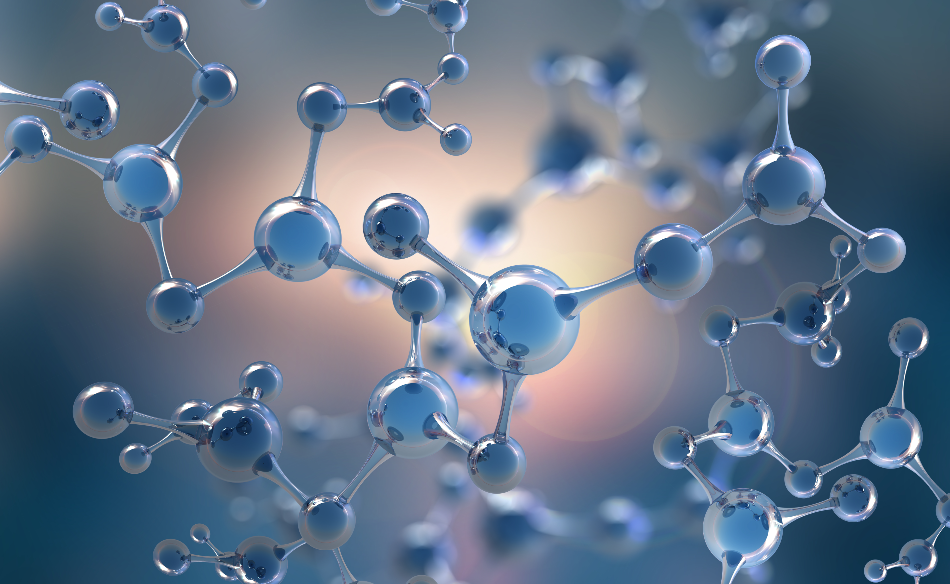Nov 10 2004
Article updated on 15 January 2020.
The applications of nanotechnology are extremely diverse, mainly because the field is interdisciplinary. Also, the effect that nanotechnology can have is difficult to estimate because of potentially new and unanticipated applications. For example, if simply reducing the microstructure in existing materials can make a big market impact, then this may, in turn, lead to a whole new set of applications. However, most activity in nanotechnology is still in the area of research, rather than completed projects or products.

Image Credit: Yurchanka Siarhei/Shutterstock.com
Moving from research to the market via the patent Office
Holister has estimated that 455 public and private companies, 95 investors, and 271 academic institutions and government entities are involved in the near-term applications of nanotechnology worldwide. The ability of such institutions to transfer research results into industrial applications can be indicated by the number of filed patents. Compano and Hullman provide an analysis of this, using the number of nano patents filed at the European Patent Office (EPO) in Munich. Over the whole 1981–1998 period, the number of nano patents rises from 28–180 patents, with an average growth rate in the 1990s amounting to 7%.
What are the market analysts saying?
One important characteristic of activity grouped within this section is that much of the work in near-term applications of nanotechnologies is “market-pulled” In each case, a particular and potentially profitable use within industry and/or the consumer market has been identified. However, as with the difficulty in predicting the future applications of nanotechnology, many market analysts believe that it is too soon to produce reliable figures for the global market – it is simply too early to say where and when markets and applications will come. Despite these difficulties, some forecasts exist that do hint at growth.
What will be the value of the nanotechnology market?
[1] The accuracy of market forecasts for nanotech is difficult to assess, given the doubts expressed above. Compano and Hullman approach the problem through the comparison of publication (representing basic science or R&D) and patent (representing technology applications) nanotechnology data with Grupp’s theory of “Stylised Technological Development”. As a result, they concluded that the peak of scientific activity would precede large-scale exploitation of nanotechnological results by seven or eight years.
Which industry sectors will be first to market?
Considering the above comments regarding nanotechnology development and market-pull, it is instructive to examine which areas of the industry will be affected first. Mihail Roco, the NSF senior advisor for nanotechnology, says, “Early payoffs will come in computing and pharmaceuticals,” whereas Holister points out that medicine is a huge market, thereby implying that revenue for nanotechnology in this area could be substantial.
On the other hand, the NSF believes that, due to the high initial costs involved, “Nanotechnology-based goods and services will probably be introduced earlier in those markets where performance characteristics are especially important, and the price is a secondary consideration.” Examples of these are medical applications and space exploration. The experience gained will then reduce technical and production uncertainties and prepare these technologies for deployment into the marketplace.
Patents in the nanotechnology tools sector
A good indication of the areas of current and near-future commercial nanotech activity is the type of patents made. Compano and Hullman state that one-quarter of all patents filed are focused on instrumentation. This supports the view that nanotechnology is at the beginning of the development phase of an enabling technology, where the first focus is to develop suitable tools and fabrication techniques.
Product development in the informatics sector
The most important industrial sectors are informatics (information science), pharmaceuticals and chemicals. In informatics, “Massive storage devices, flat panel displays, or electronic paper are prominent IT patenting areas. In addition to this, extended semiconductor approaches and alternative nanoscale information processing, transmission or storage devices are dominant.”
Which areas are being patented in the pharmaceuticals and chemicals industry?
In the case of chemistry and pharmaceuticals, many patents are directed towards: “Finding new approaches for drug delivery, medical diagnosis, and cancer treatments which are supposed to have huge future markets. Nanotechnology patenting for other sectors (e.g. aerospace, construction industries, and food processing) show yearly increasing values, but their absolute numbers are relatively small.” In summary, IT and medicine look set to have an impact on the market first.
Primary author: Alexander Huw Arnall.
Source:
Greenpeace. “Future Technologies, Today’s Choices Nanotechnology, Artificial Intelligence, and Robotics; A technical, political and institutional map of emerging technologies.” July 2003.
For more information on this source please visit Greenpeace.